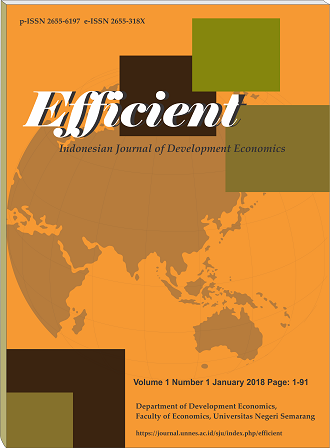Earmarking Tax Analysis on Vehicle Tax Revenues on Road Conditions in Indonesia 2011-2020
Abstract
Motor Vehicle Tax is allocated a minimum of 10% for road construction and maintenance in accordance with Law no. 28 of 2009 article 8 paragraph (5). However, data on the length of roads according to conditions at BPS shows that the number of lengths of roads with damaged conditions continues to increase every year. The research object used is all provinces in Indonesia in 2011-2020 except North Kalimantan. This research was conducted to see how the effect of motor vehicle tax revenues which are included in the earmarking tax category in its realization on public services. The method used is panel data regression analysis by choosing the best model between CEM, FEM, or REM. The data used is secondary data in the form of district road length data per province as the dependent variable obtained from the Central Statistics Agency. The independent variables are Motor Vehicle Tax data, Earmarking Tax, and the number of motorized vehicles. The results showed that the number of motorized vehicles had no effect on the condition of the length of the road. Earmarking tax has a positive effect on road length conditions. Motor vehicle tax has a negative effect on road length conditions.






